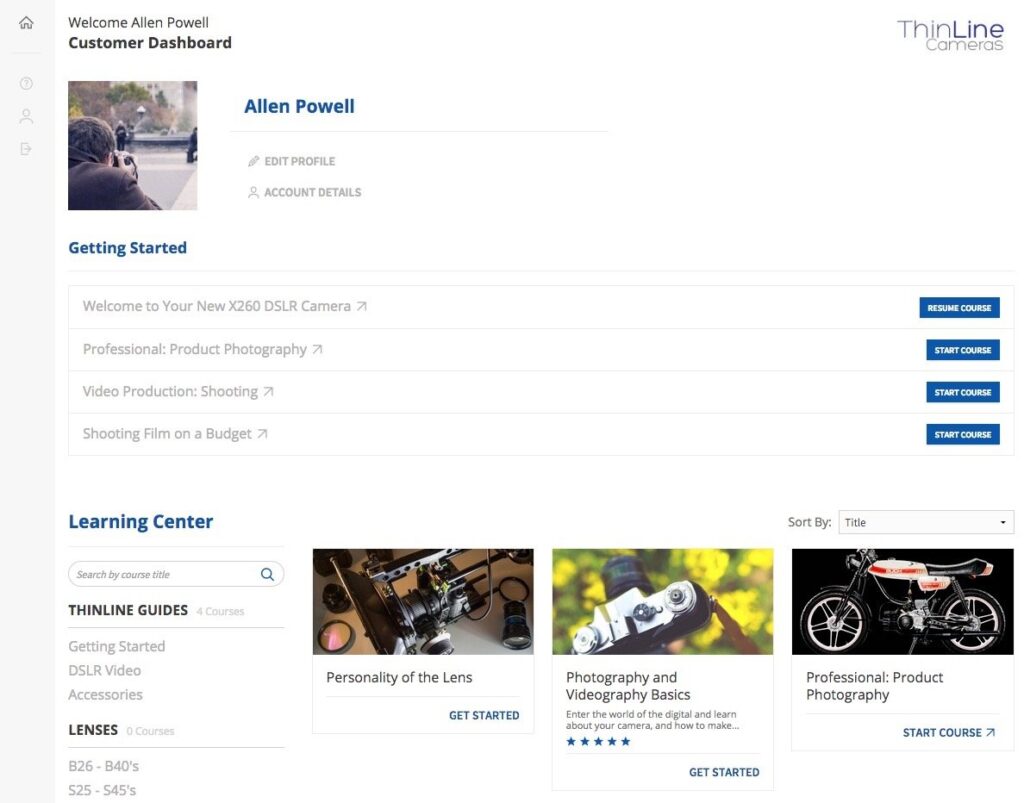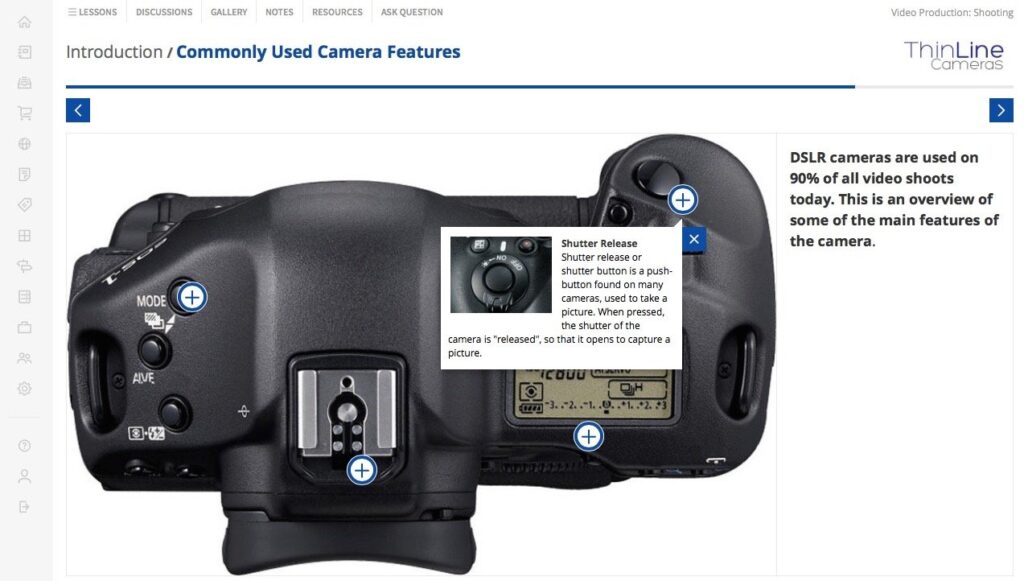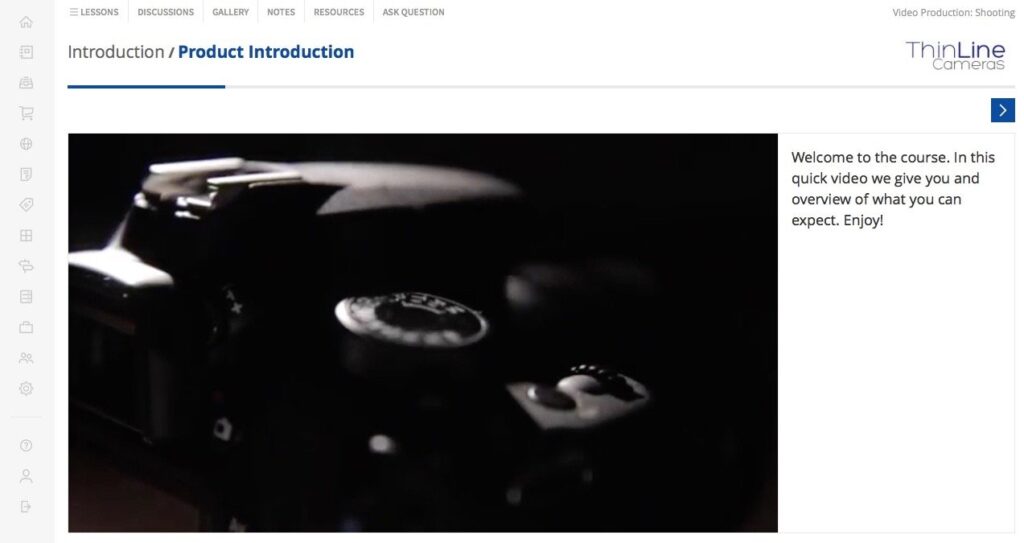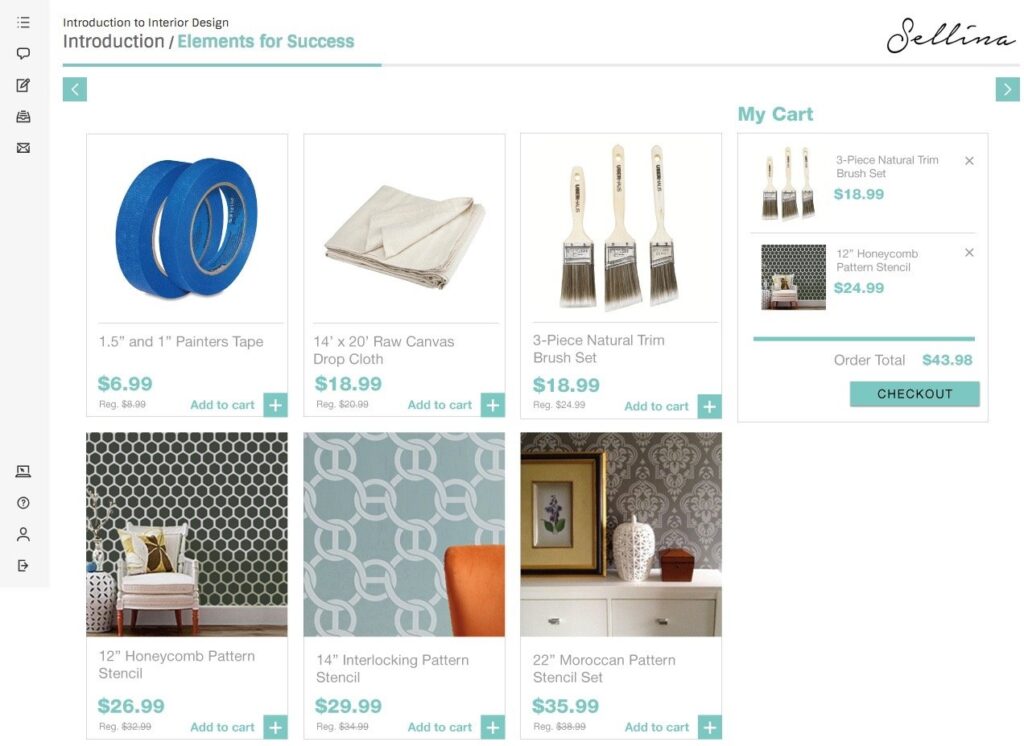For many organizations such as consumer brands, media companies, and multi-channel retailers, online learning is a concept that is confined to employee, dealer, or retailer training. The concept of leveraging this medium in the customer-facing channels is brand-spanking new, and frankly a missed opportunity for many.
We continuously observe buying trends of learners and the connection between product adoption and product purchase in the learning process. For the purposes of this article we will look specifically at online learning approaches at the post-purchase stage. We’ll highlight some specific tactics and how they affect product adoption, generate loyalty, increase online engagement and improve lifetime value.
The Role of Learning in the Post-Purchase Strategy
In most cases, once a company delivers a product to a newly converted customer, they head straight back to the front lines and to the top of the marketing funnel to bring more new leads through the buying cycle, neglecting (or doing a poor job of) the critical brand relationship that should be nurtured to prevent churn, disposal or return.
Often customers will get added to an email marketing list for future promotions. However, the interactions are self-motivated and don’t help to foster a two-way relationship with the customer. In addition, leaving a customer to find non-curated product instruction or learning experiences off a brand’s domain is a missed opportunity to develop a continuous online relationship. It is also a gamble that the customer will find trustworthy content with a Google or YouTube search.
There is a significant opportunity immediately following time of purchase to provide onboarding, training or inspiration, so new customers use products to their full potential. Learning experiences can be presented in a number of ways, leveraging mixed media, video, social sharing such as galleries and discussions and even subject-matter expert feedback. Not only do brands benefit from this, but the consumer does as well.
How Learning in a Post-Purchase World Works
1. Initial Engagement

There’s no better time to initiate a long-term digital relationship than promptly after purchase. For example, a post purchase confirmation step should provide access to a “getting started” learning or training experience.
A fully branded post purchase experience is critical. It should include the invitation for new customer, access to a customized dashboard and a selection of learning, content and community features.
2. Product Orientation = Retention

Product orientation can be very challenging (especially those with a complex learning curve). Orientation and education can be critical as it can directly correlate to retention.
In the App Development world, developers predict long-term adoption by looking at retention computation methods. If a user downloads an app today (day 0) and comes back the next day to use it, there is a higher likelihood that they will retain that user over a longer period of time. This demonstrates the significance of the initial user experience and showcases the role that onboarding can play.
This holds true for any product—physical or digital. It is critical to inspire, educate and connect the new customer to a brand and to a community of others. It’s also an opportunity to answer questions and shape their perception of the brand, product and service.
Learning also has the potential to better showcase the value of a product—another critical component in building a long-lasting, educated customer.
3. Engagement Creates Loyalty
The role of social media in marketing and branding has showcased the importance of ongoing communication and the power it has to build an active, engaged consumer audience. Learning is the next generation platform when it comes to engagement. In growing numbers, companies are moving to owned media approaches bringing customer and user communities off “rented” media sources like Facebook and other external domains.
The numbers don’t lie. We are seeing incredible time on site metrics for those engaged in a curated learning experiences on their own domains —10 to 90 minutes is the average time per learning experience with time per session ranging from 5 to 45 minutes. This time on a brand’s domain is valuable and provides a host of additional opportunities to interact with that user and generate loyalty and connection.
Loyalty can really only be measured over a longer period of time. However, that loyalty starts from the beginning. Adoption and engaged product usage, access to information, education and ideas on how to expand the use of the product is all critical in developing loyalty.
4. Building Community

A key ingredient in forging a lasting post-purchase relationship is contextual customer community development. Organic communities develop around brands and products where curation and moderation (in most cases) is relinquished to users and in many cases not affiliated with the brand. Again it comes down to where you want these communities formed and how much visibility, data and control you want. Social media channels are powerful platforms, but at the end of the day it is not an owned media platform and you have limited access to your customers, their data, and the ability to influence brand loyalty and lifetime value.
Peer-based communication and interaction thrives inside and alongside digital learning experiences. Connections and communications are forged among new adopters and more indoctrinated customers serve as powerful advocates and influencers in contextual learning experiences.
The Results: Improved Customer Lifetime Value
An educated and engaged user is a buying user. We see in our data that there is a range of 10-50% of individuals in learning experiences who are buying related products (range depends on context and product offerings). This is an enormous opportunity for cross-selling additional product and related goods. When other products are introduced in a practical learning experience, we see high adoption rates, even higher when being suggested as part of a learning path and higher again when a trusted name or expert from the field is involved.
Example

For example, when a customer buys a new camera, they receive an email, login and fill out a profile with picture and bio (the camera model purchased is added in the user profile). From there a customer lands on a dashboard where there is a curated list of getting started guides and a library of specialized courses to take on styles of photography, shooting video, close-up photography, etc. Each learning module has discussion and user galleries along with videos, interactions, quizzes and feedback from experts. Related product catalogs are also embedded in each section, so with one-click, a customer can buy accessories and additional associated digital or physical goods.
At the core of any post-purchase strategy is education, engagement, and community.



